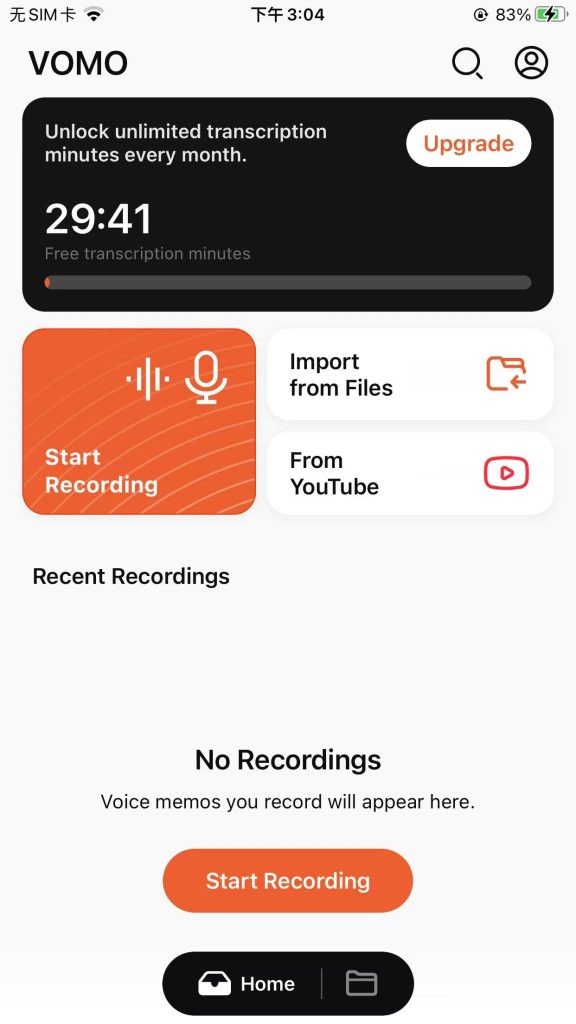Transcribing audio interviews into text has become a crucial part of my workflow as a content creator and researcher. Whether I’m working on a podcast, summarizing a YouTube transcript, or drafting an article, turning spoken content into accurate, readable text helps me work faster and more efficiently.
Here’s a concise, step-by-step guide on how to transcribe interviews using AI tools, with practical tips and examples based on my experience.
Why Transcribing Interviews Matters
Turning interviews from audio naar tekst improves clarity, accessibility, and reusability. I often extract quotes, generate summaries, and create social media snippets directly from transcripts. It also helps with organizing Notities AI-vergadering and speeding up my content production process.
Best Methods to Convert Audio Interviews to Text
You have three main options:
| Method | Voordelen | Nadelen |
|---|---|---|
| Handmatige transcriptie | Zeer nauwkeurig | Zeer tijdrovend |
| Professional Services | High-quality results | Dure |
| AI-gestuurde transcriptietools | Fast, affordable, supports summaries | May require light proofreading |
I prefer AI tools for their speed and added features. One of the best I’ve used is VOMO AI.
How to Transcribe an Interview with VOMO AI (Step-by-Step)
Step 1: Upload Your File
You can upload recordings in various formats (MP3, M4A, WAV). I’ve transcribed everything from Zoom recordings to spraakmemo's using VOMO.
VOMO is very easy to use, with a simple and user-friendly interface.

Step 2: Let AI Do the Work
VOMO uses powerful AI-modellen like OpenAI Whisper to handle spraak naar tekst conversion. The result? Fast and impressively accurate audio naar tekst transcripties.
Step 3: Generate AI Meeting Notes
VOMO’s Smart Notes feature condenses long interviews into actionable insights. I often use this to quickly get the gist of a one-hour conversation.
Step 4: Use Ask AI to Query Your Transcript
This feature helps me pull out quotes or check what a speaker said about a specific topic, without re-listening to the entire audio.
Step 5: Export and Repurpose
You can export clean text files or summaries for blog posts, newsletters, or even subtitles. It works great for video naar tekst use cases, like YouTube transcripties.
Tips for High-Quality Transcriptions
Audiokwaliteit is the foundation of nauwkeurigheid van transcriptie. If you want to avoid too much post-editing work, follow these guidelines.
Record in a quiet space.
Use a good mic for interviews.
Avoid talking over each other.
Voor dicteren, speak clearly and use short sentences.
Practical Use Cases I’ve Tried
Podcasts: Transcribe guest interviews for show notes.
Academisch onderzoek: Turn expert interviews into citations.
Marketing: Convert interviews into blog content or email copy.
YouTube: Upload videos and auto-generate YouTube transcripties.
Laatste gedachten
AI transcription tools like VOMO AI have transformed how I handle content. Whether I’m working with spraakmemo's, dicteren, video naar tekst, or creating Notities AI-vergadering, it’s now easier to organize and use my audio recordings.
Try VOMO AI during its free trial to see how it can help you turn hours of interviews into actionable content within minutes.
